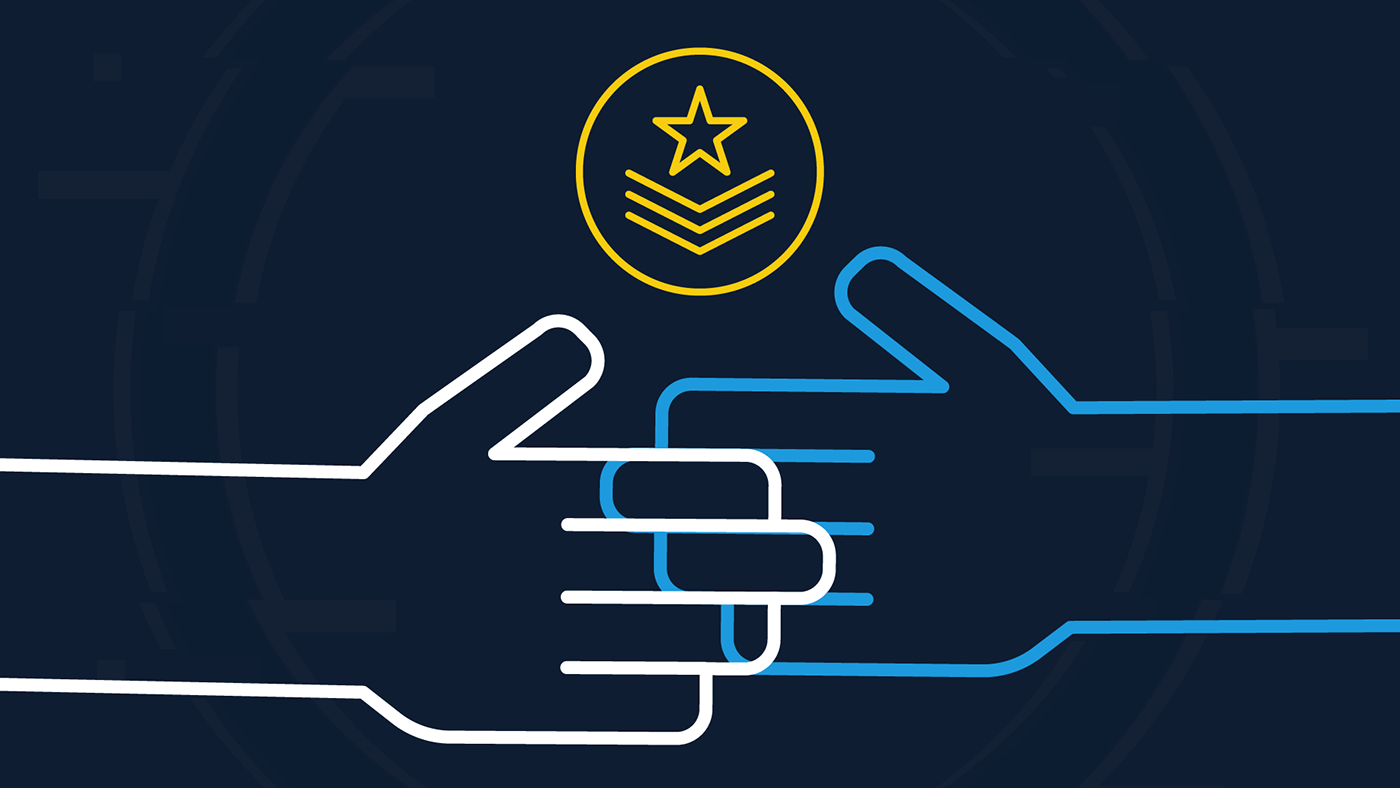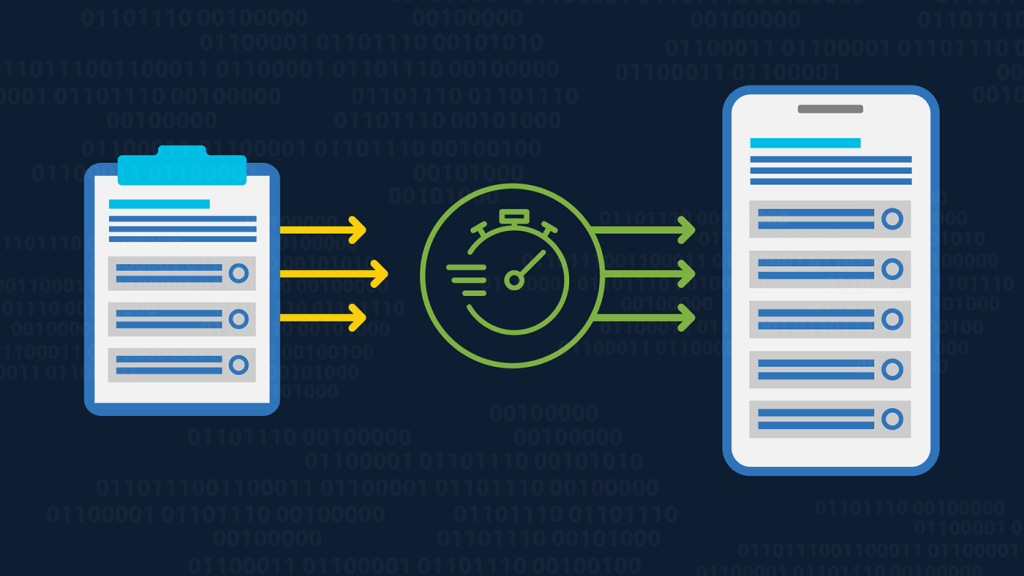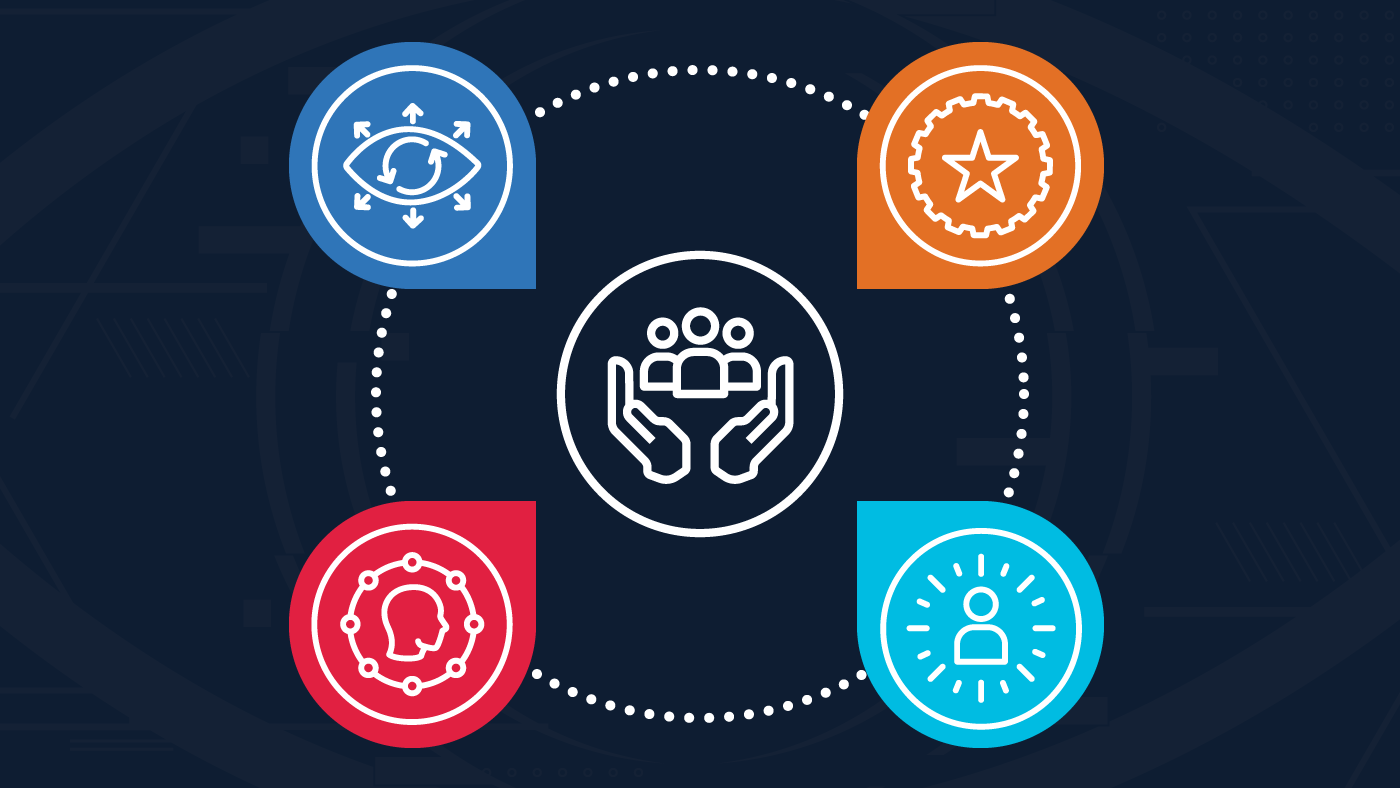Appears In
What if the difference between a Veteran’s life or death came down to a video call?
In 2021, doctors and nurse practitioners at U.S. Department of Veterans Affairs (VA) hospitals and regional clinics conducted more than 9.5 million clinical video telehealth visits, reaching more than 1.9 million Veterans, a 3,100 percent increase in the total visits in 2019. These data points only hint at the life-saving importance of telehealth’s expansion across Veterans Health Administration (VHA) sites, particularly throughout the COVID-19 public health crisis that emerged in 2020.
By themselves, the numbers don’t fully convey the human aspect that is the secret to VA’s successful expansion of telehealth. On the front lines, with a winning combination of empathy and technical skill, it is nurse practitioners connecting patients to the health care they need, when they need it, via telehealth technology. Their contribution represents an important human aspect of a historic technological expansion – the rapid growth of telehealth across VA hospitals and clinics in recent years.
Nurse Practitioners and Telehealth: The Human Side of IT-Enabled Health Care
In 2022, telehealth applications — a connected network of software programs and hardware devices that allow health experts to see and communicate with Veterans and families remotely — have become some of the most important instruments in VHA’s toolkit. As telehealth visits occur in Veterans’ homes and personal environments nationwide, close collaboration behind the scenes between nurse practitioners and Office of Information and Technology (OIT) experts are the beating heart of telehealth’s increasing effectiveness. As of March 7, 2022, OIT has supported 17.2 million telehealth visits since the onset of the pandemic on March 1, 2020.
For Veterans and their family members with limited access to full-scale Veterans Affairs Medical Centers (VAMCs), telehealth has become a lifeline sustaining their ability to receive preventive and critical care — an invaluable human-centered dynamic enabled by OIT and delivered by nurses and doctors nationwide via secure video connections, mobile appointment-scheduling apps, and other accessible IT and digital solutions.
Take, for example, the experiences of Steve Martin, a VA nurse practitioner at the Boise Telehealth VISN 20 Clinical Research Tele-hub.
A Veteran himself, Mr. Martin is proud that Boise Telehealth Clinic was an early adopter of telehealth for the entire VA, which includes 171 medical centers and more than a thousand clinics and outpatient facilities nationwide.
Mr. Martin emphasizes the importance of VA telehealth to provide Veterans the highest quality of care and convey vital information to their medical providers. His work includes ongoing dialogues with OIT team members to remain current in technical features and requirements of telehealth. Establishing open communication and collaboration between OIT and clinicians was key to the integration of telehealth systems.
Mr. Martin recalls telling OIT, “Here’s our end goal, how do we get there?” His team worked with OIT to identify IT system discrepancies between remote computers and VAMC-based computers to determine appropriate substitutions. “It was like playing [with] Legos, trying to put all the pieces together,” he recalls. In addition to sharing technical knowledge about telehealth with his fellow clinicians in Boise and across other VA Community Based Outpatient Clinics (CBOCs), Mr. Martin is also melding his medical and health care expertise with an interpersonal approach that appeals to Veterans.
Wide Application: Nurse Practitioners Solidify Patient Trust via Remote Technologies
Even before VA’s COVID-19-related pivot to expanding telehealth in 2020, Mr. Martin had identified telehealth as a vital tool in the Boise VISN’s efforts to serve Veterans in remote regions who, for a range of reasons, required regular health care but also faced barriers to receiving regular onsite care.
Mr. Martin cites the ongoing challenge of Veterans in rural areas impacted by opioid use. Through telehealth, Mr. Martin and other nurse practitioners can mitigate the high stakes implications of increasing numbers of Veterans struggling in remote locations to receive health care and counseling needed for combating opioid addiction.
“Everyone’s aware of the opioid epidemic. Veterans were hit really hard by that,” said Mr. Martin. “Using telehealth has allowed us to get health care access to Veterans in remote areas hardest hit by that epidemic, where they can’t get treatment. One patient told me, ‘You got me the treatment I needed that saved my life. That wouldn’t have been possible without telehealth because there’s just not adequate health facilities here in our community.’”
The OIT-enabled expansion of telehealth in the past two years points the way forward for emerging treatment modalities driven by IT and digital innovations that better support clinicians in providing real-time care that is personal, efficient, and on-demand.
For Mr. Martin, current telehealth innovations have only scratched the surface of future possibilities for how clinicians in the future will collaborate with OIT to improve the Veteran health care experience. One idea VA is already exploring involves a familiar health care device — stethoscopes. Mr. Martin said the plan involves “mailing stethoscopes to Veterans at their homes, so we can have the Veterans hold the stethoscope up to their chest and we can listen remotely.
IT will play a huge part in the logistical coordination of getting the equipment to Veterans as well as facilitating the system setup necessary to teach patients how to do it.” This program will further reduce the need for in-person visits unless patients need lab work or other physical procedures, Mr. Martin said.
Notably, Mr. Martin is an ambassador of sorts among his clinical colleagues, socializing telehealth user best practices to both ensure VA maintains Veterans’ trust and to help guide clinicians on effective use of IT systems. Mr. Martin believes that cultivating teamwork and trust with OIT support teams is equally as important as the collaboration among his clinical team in Boise.
Mr. Martin and his nurse practitioner colleagues do not take their relationship with OIT specialists for granted, and he’s excited about what is on the horizon for VHA’s delivery of timely, accessible, human-centered health care to Veterans and their families.
And each day, Mr. Martin takes time to express his gratitude for the IT support he receives with seemingly “routine” tasks. “IT is a keystone for telehealth,” he said.








